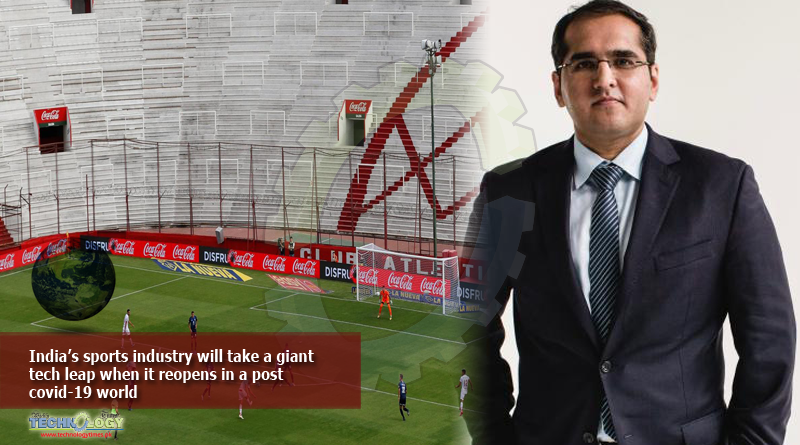360 degree video technology : One of india’s most popular sporting events, the indian premier league, was cancelled this year due to the covid-19 pandemic.

The cricket tournament, which has sold its broadcasting rights for over rs16,000 crore ($2.55 billion) to star india for five years (2018-2022), would have possibly found more eyeballs this time than ever before as most parts of the country are under lockdown with television being the primary source of entertainment.
But the sports industry in india was not prepared with the right technologies to support a remote-production scenario. In fact, many in the industry often believed that it would be a while before 360 degree video technology that provides a reality-like virtual experience sees the light of the day.
For instance, last year, when tata communications pitched its 360-degree video technology to potential clients, the response was that it was way ahead of its time.
The company believes that covid-19 has made such technology essential overnight.
“this is probably the most disruptive and turbulent time that the sports industry has ever witnessed,” said dhaval ponda, global head for media and entertainment services at tata communications. “when sports events start happening again, the whole industry is going to take a giant leap forward in terms of 360 degree video technology.”
Tata communications works with almost all sports federations in asia and the us, and a majority of motorsports in europe. The company also services at least 700 television channels across the us, europe, asia, and africa.
Ponda spoke with quartz about the advantages of remote production 360 degree video technology which allows teams sitting at faraway locations to produce and distribute a video feed worldwide within a matter of seconds. He also discussed how the tech needs for sporting content in india is different than other countries. Edit excerpts from the conversation:
What is remote production technology and how is it important right now?
Up until now, production usually takes place with a group of 200 to 300 individuals working on site. This means a fairly large team ends up travelling almost 250 days a year because typically a global sport has about 20 events per annum. Many sports federations have been spending millions of dollars on just moving people on flights, which is also wrong for the environment given the higher carbon footprint it leaves.
Now, there are technologies that allow live video feed to get transported within milliseconds to a remote location where production teams can work on it. At the same time, the feed is distributed to households globally who are watching the sport on their televisions or other devices.
Remote production becomes even more important at a time when broadcasting teams are locked down within their houses or in their cities. Many countries are looking to re-open sports events behind closed doors, and this technology can allow broadcasters to produce this content on video even while sitting thousands of miles away.
What does the future of sports events look like to you?
A major impact of the pandemic is that the sports industry will be deploying digital tools significantly sooner than if time had taken its own course. Most events would take place behind closed doors for now, which means there will be no live audience and a majority of viewing will happen from home. This will mean more focus on broadcast and video production. Companies and federations will look at how to enhance this viewing experience via better apps or additional engagement features such as a 360-degree video.
How will sporting content and the technologies needed for it be different in india as compared to countries?
A significant trend in india is making the content more local and regional. So, whether it is the news or sports, especially the commentary, there is a need for localisation. This gets enhanced because of video streaming apps, which are looking to cater to regional audiences.
Also, the type of content will change. We are already looking at modern sports, for instance, india has already embraced esports in a massive way.
The third change will be in terms of audience engagement. We see a lot of innovation coming there in terms of virtual reality and augmented reality. This is still in the early stages, but we are going to look at a number of innovations within this space.
What are the india-specific challenges that you see when it comes to adopting new technologies?
The first challenge is the law of numbers, which means any new innovation or service has to work for the vast majority. Now tech, in terms of connectivity, is still evolving in india. Many rural areas are still struggling with any sort of internet connectivity.
What is the scope of job opportunities in the field of remote production?
The focus will primarily be on technical know-how such as camera placing, among other things. The second will be on the use of technology, and third, content awareness. This technology will also open job opportunities for smaller, non-metro cities, as people can participate in this wave remotely.
This news was originally posted on qz.com
